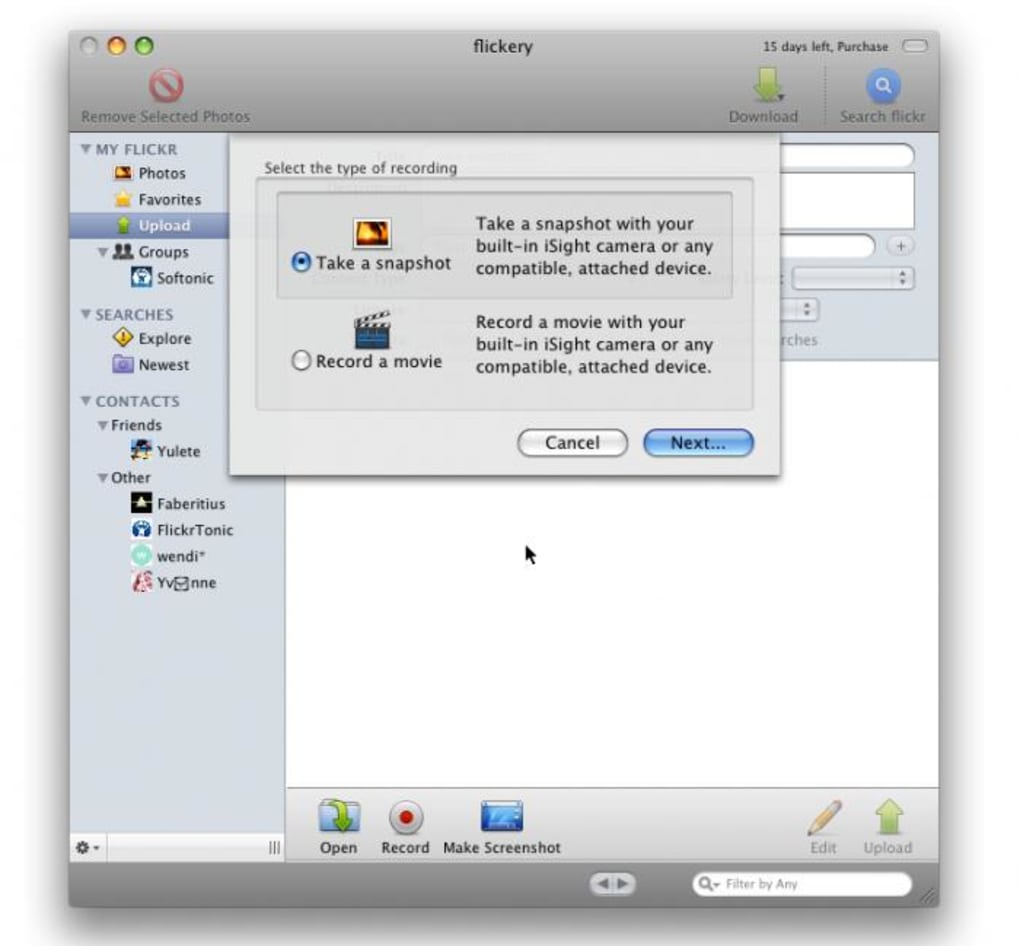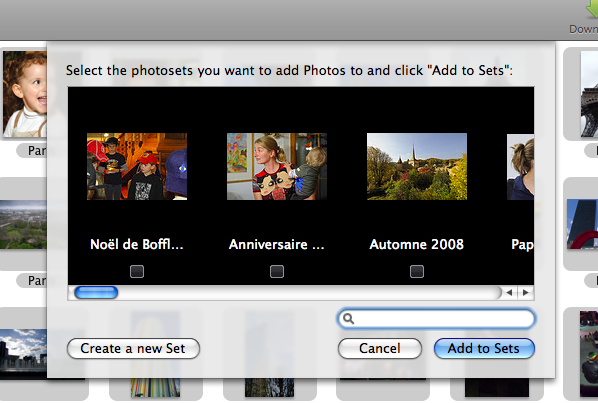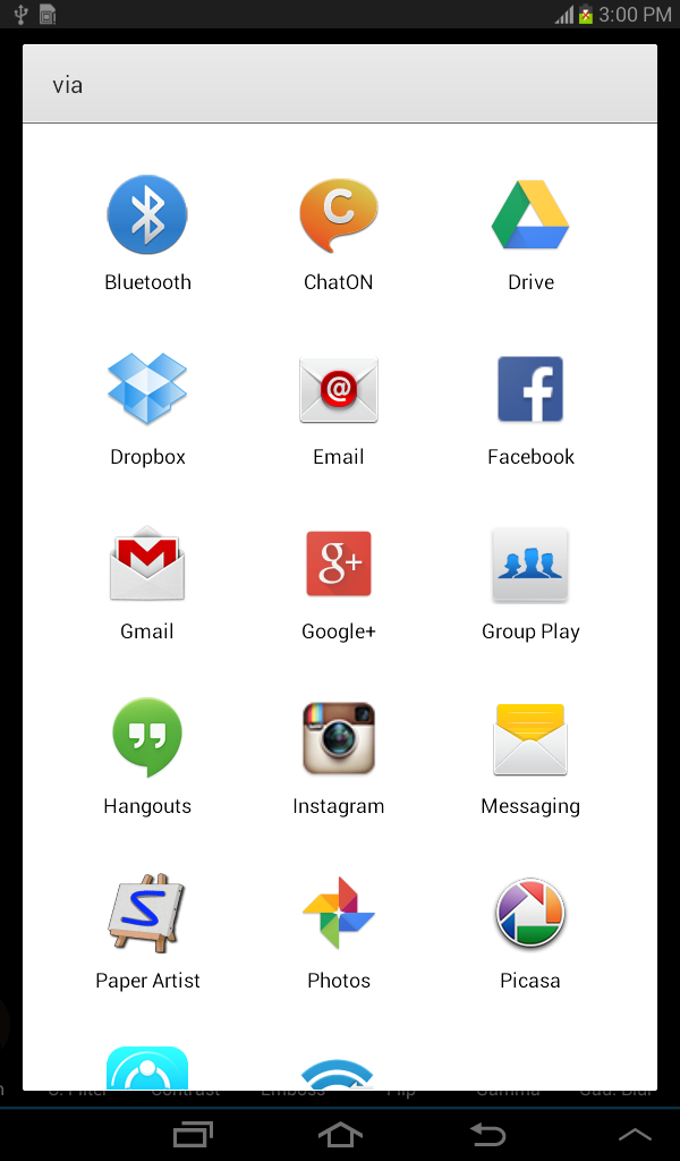

In order to process my time-lapses quickly, I use LRTimelapse which makes it easy to set key frames, create smooth transitions, deflicker your time-lapses, and much more. Flicker occurs because the changing light causes slight variations in the exposure of your image. This is important because a common problem in time-lapse photography is flicker, and Lightroom Classic alone cannot deflicker your sequence. Aside from being a long time user of all of Adobe’s products, Lightroom Classic is really the best way to edit time-lapses because of its ability to save metadata sidecar files (.xmp) so that it can be read by other applications. To start off, I edit my raw photos with Adobe Lightroom Classic CC.
Flickery lightroom how to#
Since I have just finished up a couple films this year featuring a handful of time-lapses, I thought I start out by sharing some tips about the best software to edit time-lapses and how to use them to deflicker, fix the staccato effect, remove birds/airplanes, and for time remapping.
Flickery lightroom free#
Now that I am done with school and have more free time on my hands, I also hope to provide educational value through these blog posts too. And through my stories and photos, I hope that maybe you got some entertainment value from it. Looking back, it has allowed me to document these memories from my adventures and relive these moments. Now, it has been about a year since I created this website which allowed me to share longer form stories that I could not share through a normal social media post.


I have taken almost all of them on some sort of family trip, and they all bring back distinct memories of those adventures we shared together. And I am still in awe of the photos that I have taken. Recently, I was just looking over my portfolio of photos that I have taken in the past couple years. Before I start my tutorial, here is a little story.


 0 kommentar(er)
0 kommentar(er)
